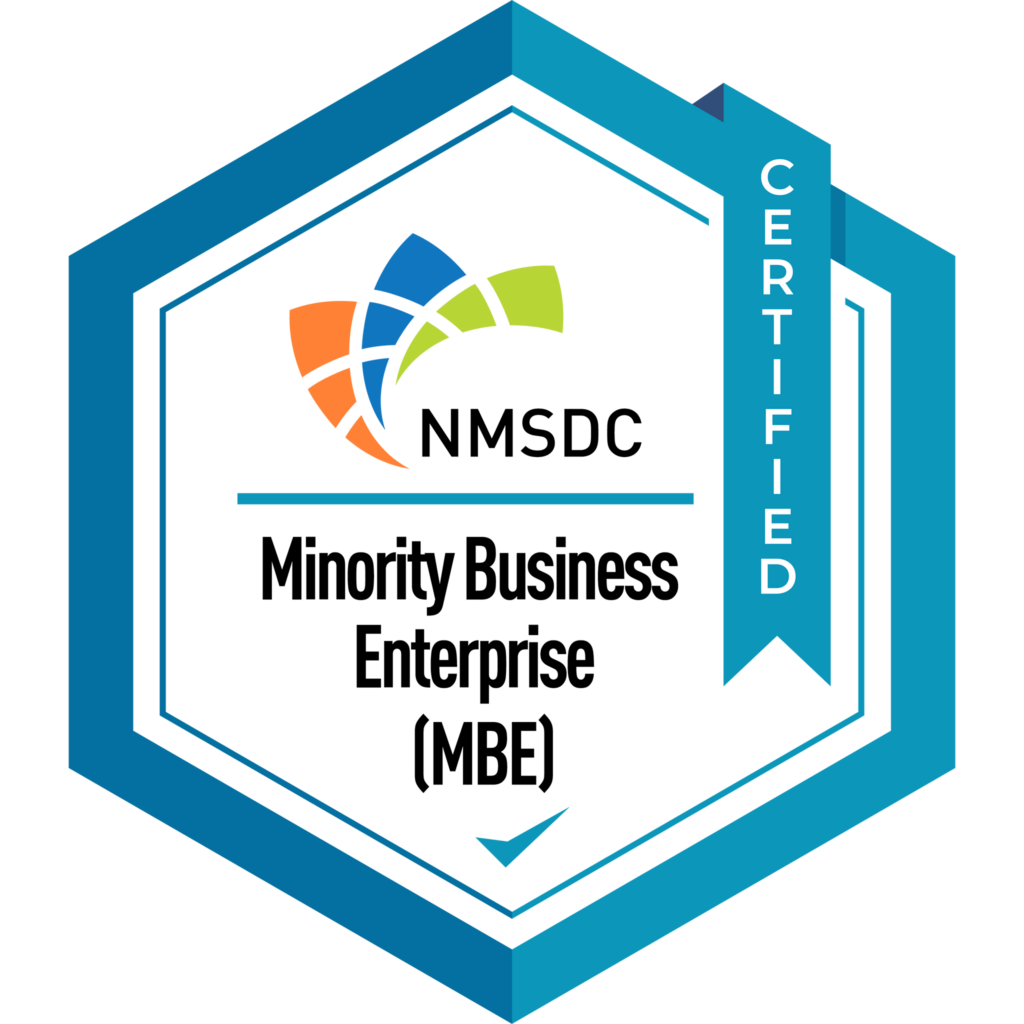In a recent study, Prowess Consulting looked into what defines an AI PC and how it can help consumers and businesses. Because the AI landscape changes week by week, we wanted to look at the most recent announcements from Microsoft, Intel, and other major market players to understand the current state of the AI PC.
As a quick refresher, “AI PC” generally refers to professional and consumer laptops and desktops with built-in hardware and software designed to process and accelerate AI workloads that run locally on the users’ devices. For hardware, that generally means a built-in graphics processing unit (GPU) or neural processing unit (NPU), but it can also refer to AI accelerators built into the central processing unit (CPU). For software, it means applications, developer frameworks, and APIs.
NPUs Are the Big New Thing
You’re likely already familiar with CPUs and GPUs, since both have been commonly available or included in PCs for years. But recently, thanks to the explosive growth of AI, NPUs are having their big moment in the consumer and business tech world. An NPU is a specialized processor designed specifically for accelerating neural network operations and AI tasks, like speech recognition for real-time transcription, background blurring in video calls, and photo or video editing processes like object detection and generative fill tasks.
Prior to the advent and recent popularity of NPUs in PCs, integrated GPUs and graphics cards dominated for processing many AI workloads. These components are still viable for this purpose, but they are generally not as power-efficient as NPUs because GPUs are designed for processing other graphics operations in addition to AI workloads.
When multiple processors (such as a CPU, a GPU, and an NPU) are combined in a single package on a PC, they can theoretically provide more efficient overall performance. Each processor handles operations for the workloads that it is best suited to take on, freeing up the other processors—the generalization workhorse CPU in particular—to take on more background tasks. This is why many vendors are offering PCs that combine the three processors in a single package.
Three-in-One
Other AI PC News
Microsoft is building some new AI-focused features into its upcoming Windows 11 24H2 release. The new operating system won’t be released as a standalone update until the autumn, but several new AI PC devices are expected to ship with Windows 11 24H2 pre-installed prior to that date.
Microsoft itself announced new Microsoft Surface® Pro and Surface Laptop devices in late March 2024 (with April 8 ship dates). Interestingly, it did not release consumer versions yet—these new devices are available only for business users. They feature Intel Core Ultra 5 and 7 processors with integrated NPUs for supporting AI workloads and features, including Windows Studio Effects, and they have a dedicated Microsoft Copilot button on the keyboard. These PCs will also support many other upcoming AI features in the Windows operating system (OS), including on-device live captions, AI explorer, Super Resolution, and generative AI workloads. For more information, see www.microsoft.com/en-us/d/surface-pro-10-for-business/8v73d6qwrss1.
Apple Jumps on Board
Apple switched from avoiding use of the term AI to going all in on the moniker, likely in response to AI’s rapid adoption by chipmakers, OS and PC vendors, and the general public. Earlier this year, Apple acquired Canada-based company DarwinAI. Apple is most likely using the talent and IP from that purchase to build new AI features into its next iOS® and macOS® operating systems. However, Apple notoriously keeps its plans close to the chest, so we likely won’t know what it has planned until closer to the release dates for those operating systems or Apple’s annual Worldwide Developers Conference in June.
Competition Benefits All
Although the approach and underlying silicon varies between OEMs, the goals for consumers are similar when it comes to AI workloads: run more locally, accelerate performance, and focus increasingly on AI apps and tasks that are growing in popularity and usage, like real-time translation, summarizing content, generating written or visual content, and other productivity and creativity solutions.
The different approaches and escalating competition are ultimately a win for consumers and businesses looking to solve complex challenges, accelerate time to insights, or generate new written or visual content faster.
To Learn More
If your business is looking for guidance on how to get started with AI, check out this paper from Prowess Consulting.
To learn more about what we do at Prowess Consulting, view our latest research and follow us on LinkedIn.
Related Posts

Jonathan Chappelle: Enterprise AI, Infrastructure, and Solving the Content Problem
Hear from industry veteran Jonathan Chappelle on how he’s helping top tech companies turn innovation into impact in his new role at Prowess Consulting.

The Content Crisis in Modern Marketing
Marketers face a content crisis. Learn what’s keeping your content from being impactful and what to do about it.

Trigger-Based Marketing vs. Batch Campaigns: Modernizing Your Approach for Banks and Credit Unions
Banks and credit unions need smart marketing in order to thrive in an industry where customer expectations are constantly evolving. If your institution is still



